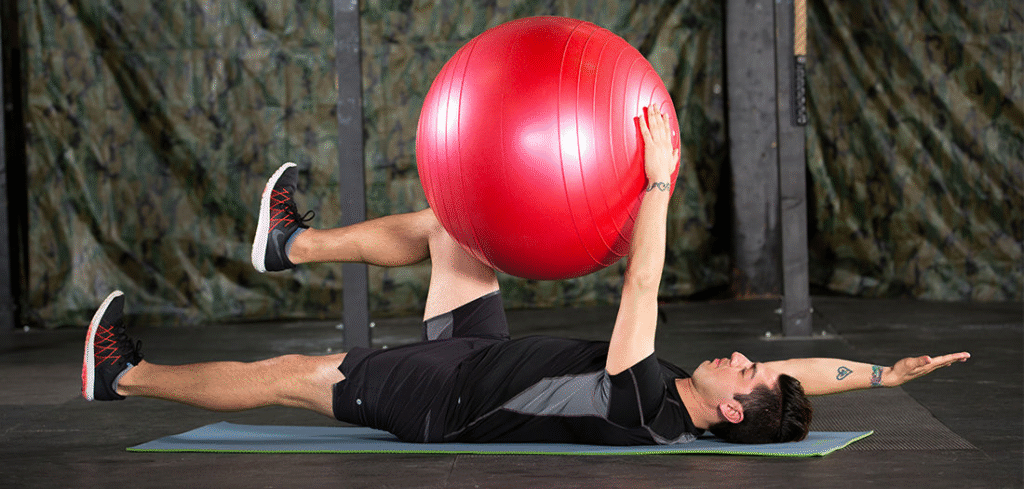The practice of Pilates has long been celebrated for its emphasis on mindful movement, postural precision, and deep muscular engagement. Among its many benefits, one stands out with particular importance: balance. Through intentional positioning and controlled breathing, pilates balance exercises strengthen not only the body but also the mind’s capacity to maintain focus. This makes Pilates a unique discipline for cultivating core stability and overall strength.

Why Balance Matters in Pilates
Balance is more than just standing without wobbling. It is the coordinated integration of muscles, breath, and awareness. In Pilates, every movement involves the core, creating a foundation from which all balance is built. Strong abdominal and spinal muscles protect against injury, improve posture, and support fluid movement. Incorporating balance drills into Pilates enhances this foundation, offering not just improved coordination but also a deeper sense of bodily confidence.
Practitioners seeking to maximize their results can integrate core strength tips into each session. For example, engaging the transverse abdominis during balance poses provides a stabilizing effect, while controlled breathing ensures endurance and precision.
Foundational Pilates Balance Exercises
Several classic Pilates moves target balance and core stability simultaneously. Each requires focus, concentration, and controlled strength.
- Single Leg Stretch: This exercise improves abdominal endurance while challenging balance as one leg extends and the other remains bent. The alternating motion demands core engagement for stability.
- Spine Twist: A seated position with legs extended requires strong posture. Rotating the torso side to side activates the obliques and reinforces spinal alignment.
- Teaser Pose: One of the most iconic pilates balance exercises, this movement involves lifting both legs and the torso simultaneously, balancing on the sit bones. It builds core strength, stability, and coordination.
- Standing Leg Lifts: Performed while keeping a tall spine, lifting one leg tests both lower body strength and balance. The movement challenges stabilizer muscles often overlooked in traditional workouts.
These movements create synergy between alignment, strength, and awareness, forming the basis of a fitness improvement guide for those seeking sustainable results.
Advanced Balance Challenges in Pilates
Once foundational moves feel comfortable, advanced techniques offer a chance to elevate strength and coordination. Exercises performed on equipment such as the Reformer or stability ball introduce unpredictability, forcing the body to react quickly and maintain control.
A challenging variation is the Side Plank with Leg Lift, where both the obliques and hip stabilizers are tested. Similarly, Control Balance on the Mat, which involves lifting one leg high while rolling through the spine, enhances flexibility while pushing balance to new levels. These demanding sequences can be considered practical body stability hacks, giving practitioners a repertoire of tools for strengthening both major and minor muscle groups.
Breathing and Focus in Balance Training
Pilates is not only about muscular strength. Breath plays a vital role in stability. Shallow or rushed breathing increases tension, but rhythmic, mindful breaths help regulate balance and endurance. Each inhale provides expansion, while each exhale grounds the body in steadiness. This integration of breath with movement transforms balance training into a full-body experience.
Mental focus is equally important. Concentration on alignment, symmetry, and subtle shifts in weight improves body awareness. With regular practice, these skills carry into everyday life, reducing the risk of falls, enhancing posture, and encouraging ease in movement.
Benefits Beyond Core Strength
The rewards of incorporating pilates balance exercises extend well beyond sculpted abdominal muscles. They include:
- Improved posture: Strengthening deep core muscles supports the spine, leading to better alignment.
- Injury prevention: Stable muscles reduce strain on joints and minimize risks during daily activities.
- Enhanced coordination: Balanced training refines the nervous system’s ability to communicate with muscles.
- Functional strength: Core balance movements mimic real-life tasks, making physical effort more efficient.
Adding core strength tips like engaging the pelvic floor or practicing slow transitions enhances these benefits further. Over time, balance training creates resilience that serves not only athletes but also individuals in everyday routines.
Creating a Sustainable Routine
To fully benefit from Pilates balance work, consistency is crucial. A balanced program should integrate both mat-based practices and, when possible, equipment work. Beginners can begin with short daily sessions, gradually adding complexity as stability improves.
A fitness improvement guide might recommend alternating days between core-centric mat sessions and dynamic standing balance drills. By diversifying the practice, the body develops adaptability and strength in multiple planes of motion. Adding mindful rest days also ensures muscular recovery, which is essential for long-term progress.
Practical Tips for Progression
- Begin with shorter holds and progress to longer durations as stability increases.
- Use visual focus, such as fixing the gaze on a stationary point, to assist in challenging positions.
- Integrate body stability hacks like standing on an unstable surface to increase difficulty safely.
- Pair balance work with flexibility exercises to maintain fluidity in movement.
Pilates offers far more than aesthetic toning. It provides a profound opportunity to explore stability, coordination, and inner strength. By weaving pilates balance exercises into practice, one develops resilience that supports both physical performance and daily life activities. With strategic use of core strength tips, following a structured fitness improvement guide, and incorporating intelligent body stability hacks, anyone can harness the true potential of Pilates. The journey toward balance becomes not just an exercise regimen, but a transformative path toward strength, control, and enduring wellness.





More Stories
10 Amazing Benefits of Body Balance You Didn’t Know
10 Superfoods That Help Improve Body Balance
Healthy Habits That Keep Your Body in Perfect Balance